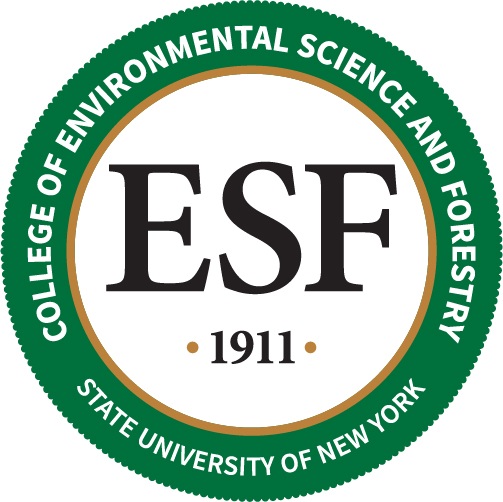Newswise — One day it's glistening vegetable oil, giving crunch to a mound of French fries. A few days later, it's in the gas tank of a pickup truck, powering the vehicle along a city street and reducing its carbon emissions.
In between the kitchen and the highway, it spends a few days at the biofuels demonstration facility at the SUNY College of Environmental Science and Forestry (ESF) in Syracuse, N.Y., where waste cooking oil from a neighboring university's dining hall is turned into environmentally friendly biodiesel fuel.
"There are a lot of benefits to it," said ESF senior Greg Boyd, who brought the process with him when he arrived at the college as an undergraduate. "You're not using a foreign oil source, it's sustainable in the United States and it has 70 percent less emissions than petroleum diesel."
Boyd works with a bioprocessor installed in a former greenhouse on the ESF campus. He collects the used fryer oil in a 55-gallon drum from the dining facility at Sadler Hall, a residence hall at neighboring Syracuse University.
He strains the oil and pumps it into the automated bioprocessor. In goes methanol, a form of alcohol that attacks the fat molecules and severs them from the carbon chains in the oil. He adds sodium hydroxide, which acts as a catalyst, and sulfuric acid, which neutralizes the three free fatty acids in the oil.
"We add it all, turn it on and wait 24 hours," he said.
A device like a boat propeller churns the oil, and a chemical reaction takes place, turning the vegetable oil into power-producing biodiesel.
The byproduct glycerol settles to the bottom of the processor and can be separated out for other uses. ESF researchers are using it to develop biodegradable plastics. Glycerol is already used in the manufacture of soap and makeup products.
The final step is to wash the biodiesel with water to remove any impurities and to flush out any particles that would attract water and interfere with the fuel's ability to run an engine.
"Then you have fuel ready for use. You can run it in any diesel engine, or use it for home heating," Boyd said.
Seventeen percent of ESF's fleet now operates on a biodiesel mixture, including buses, trucks and bulldozers. A third of the fleet runs on some kind of alternative fuel. By contrast, throughout the rest of the 64-campus SUNY system, about 6 percent of the fleet operates on biodiesel.
Boyd, who started making biodiesel in his garage as a high school student, modified the fuel lines in his 1989 Mercedes-Benz so the car would run on biodiesel.
He participated in the 2007 Green Grand Prix Rally in Watkins Glen in July. The third annual rally was hosted by the International Motor Racing Research Center and featured hybrid- and alternative-fueled vehicles competing on a 78-mile course around Seneca Lake. The event emphasizes energy independence and includes educational activities.
